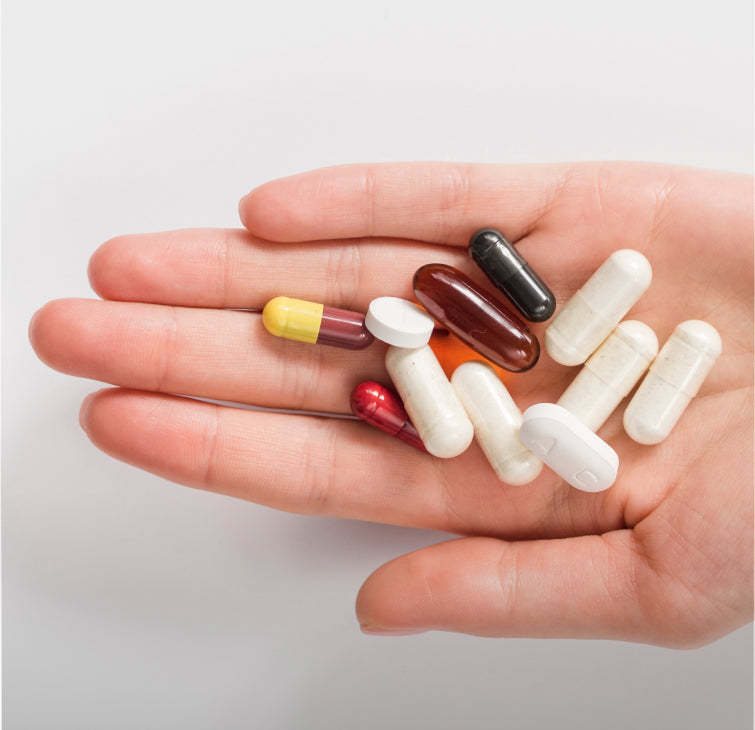As winter approaches and due to the global Covid epidemic, the body's immunity and defense mechanisms against external attacks are two areas of concern.
We offer you a summary to better understand the two distinct and complementary mechanisms that manage our immune defenses ... in 5 minutes!
Immunity? Rather: immunities.
The immune system corresponds to all of the body's defense mechanisms . They can be classified into two distinct categories:
- Innate and general immunity.
- Adaptive or specific (acquired) immunity.
These two systems combine and add their effects to allow the body to fight effectively against external aggressions
These mechanisms are obviously very complex, but we present them schematically to you below.
Innate and general immunity
These are the physiological mechanisms which will immediately fight against all infectious agents whatever they may be.
They work in all individuals (apart from specific immunodeficiency pathology) and are those that we seek to activate as much as possible with immuno-stimulating products, such as Argalys Immuno Tonus .
How innate immunity works
Innate and general immunity is based on several mechanisms:
The skin and mucous membranes:
The skin and mucous membranes form a physical barrier capable of developing immune responses.
The skin plays several roles:
- Mechanical barrier to bacterial, viral and parasitic development, thanks to low permeability and desquamation of the skin.
- Chemical barrier featuring antimicrobial proteins and peptides.
- Biological barriers presenting flora which is a set of bacteria located on the skin and mucous membranes and playing an important role as a barrier.
The mucous membranes fight against external attacks thanks to mucus which contains antimicrobial substances.
Phagocytosis
The phagocytosis mechanism allows certain cells (macrophages and neutrophils) to detect, absorb and eliminate 'intruder' cells. This process also results in local inflammation of the tissues
The immune system's warning mechanisms
Specific immune system alert mechanisms such as the synthesis of interferons which are also involved in adaptive immunity.
Interferons are proteins produced following a viral infection. By attaching to their target cells, they trigger various reactions in them allowing the establishment of a state of resistance to viruses.
The lifestyle
The combination of these mechanisms provides an immediate reaction to any external aggression.
The more effective this reaction is, the higher the chances of eliminating or minimizing the consequences of an infection.
We see that people who have a balanced diet rich in vitamins (C, D, etc.), practice regular physical activity and have a moderate level of stress, are less frequently ill than the population average, while they are exposed to the same attacks.
Lifestyle has a direct influence on the innate immune response.
Adaptive or specific immunity
This 'other' immunity is built against a given infectious agent and is reinforced (with very important nuances, however) by remembering it after exposure.
It is therefore a slower reaction mechanism (a first exposure to the infectious agent is required), but more specific when the body has learned to produce the antibodies corresponding to the virus or bacteria concerned.
It is this principle which is at the origin of the effectiveness of vaccines because vaccination consists of exposing the body to attenuated forms of virus or bacteria.
How adaptive immunity works
Adaptive and specific immunity , also called acquired immunity , is mainly materialized by the production of Antibodies by certain of our blood cells (B or T lymphocytes) against a virus or bacteria specific to a pathology (Covid, Polio, the Flu etc.).
Two aspects are fundamental:
- The experience effect : the specific system learns to build adapted defenses through exposure to the pathogenic aggressor.
- Memory : our immune system will keep in memory (however very variable depending on the nature of the attackers, age, etc.) the forms of specific antibodies which will allow a faster and more effective response in the event of new attacks.
A third strategy
It should be noted that there is a third strategy for fighting infectious agents , which does not use immune mechanisms but aims to directly destroy the pathogens present in the body and therefore to replace the natural mechanisms mentioned above.
These include, for example, antibiotics (against bacteria) or antivirals (very expensive, very little used in general medicine).
Antibiotics were used massively before the consequences of their overly systematic use were noted:
A more rapid adaptation of bacteria with resistance phenomena and the weakening of general immunity mechanisms (in particular resulting from the depletion of the intestinal flora, which is why probiotics are prescribed after antibiotic treatments).
In summary
To defend ourselves against external infectious agents that manage to penetrate our body *, we therefore have two main mechanisms:
- A general and immediate mechanism which is all the more effective when maintained by good general health (diet/activity/stress).
Adaptogenic food supplements like Argalys Immuno Tonus are intended to stimulate general immunity mechanisms to better immediately resist any attack and minimize its impact.
- An adaptive mechanism endowed with memory but which requires a primary infection (natural or induced, like that of vaccines) and which is necessarily slower to take hold.
* the aim of hygiene and prophylaxis rules (like those currently in force) is to prevent these infectious agents from entering the body.
Sources:
Key words to find out more: immune response, adaptogenic plants, hygiene, viruses, antibodies
- https://www.revmed.ch/RMS/2007/RMS-126/2721
- http://pharmacomedicale.org/images/cnpm/desc/Marquet_syt%C3%A8me_immunitaire.pdf
- https://www.cours-pharmacie.com/immunologie/limmunite-innee.html
 04 74 03 98 80
04 74 03 98 80









